I worked on every major disk drive manufacturer of HDD’s including our own at Burroughs for 11 yrs starting in ‘83
All 14” and 8” Head-Disk-Assemblies (HDA) used the top surface for servo feedback and all the others were data heads with the exception of our 207 14” HDA which used embedded servo bits between each sector for position error feedback, just like all modern 3.5 and under disk drives.
Early 5.25” Drives from NPL(Hitachi) and Seagate all used stepper motors and all surfaces. Then Maxtor, Atasi, Miniscribe, CDC, made them seek faster with small linear or rotary servo motors with dedicated surface (usually top) for position feedback. DMA and Syquest used Hard Disk cartridges and again, all surfaces were used.
There are no HDD’s that do not use all surfaces with heads.
The reference information looking at the size of head-arms looks like 1960’s technology.
The insides of the 80’s technology were very clean with 1 to 100 particles per cubic foot recirculating clean air thru HEPA filters. Older technology may have suffered from contaminants on the outer surfaces and to get around high defects may have excluded those but I am not aware that IBM, Memorex, Burroughs, Hitachi, Toshiba, Fujitsu, and a dozen other companies ever had any such configuration.
The only possible reason in the 60’s or early 70’s to not use the outer disk would be the dual servo surfaces were used to correct for tilt error in the spindle bearing to head actuator bearing vertical alignment, but I think the authors did not understand how HDA’s work. Because it does not reflect how any HDA’s running today work.
The author’s name and title might reveal more info, but it is contradictory at best and ancient at worst description of how HDD’s operate. My job titles are in my profile.
Very few people get the opportunity to really understand how HDD’s work and I consider them the most complex electo-magnetic-mechanical devices that have evolved over decades of R&D with fortunes spent in improving the technology. Now the aluminum cobalt doped oxide surfaces will be sputtered on smoother glass surfaces and the aerodynamic flying height has shrunk from 50 u” to 10u” to 1u” down towards wavelengths of light acting as an air bearing with 1 million hours MTBF.
